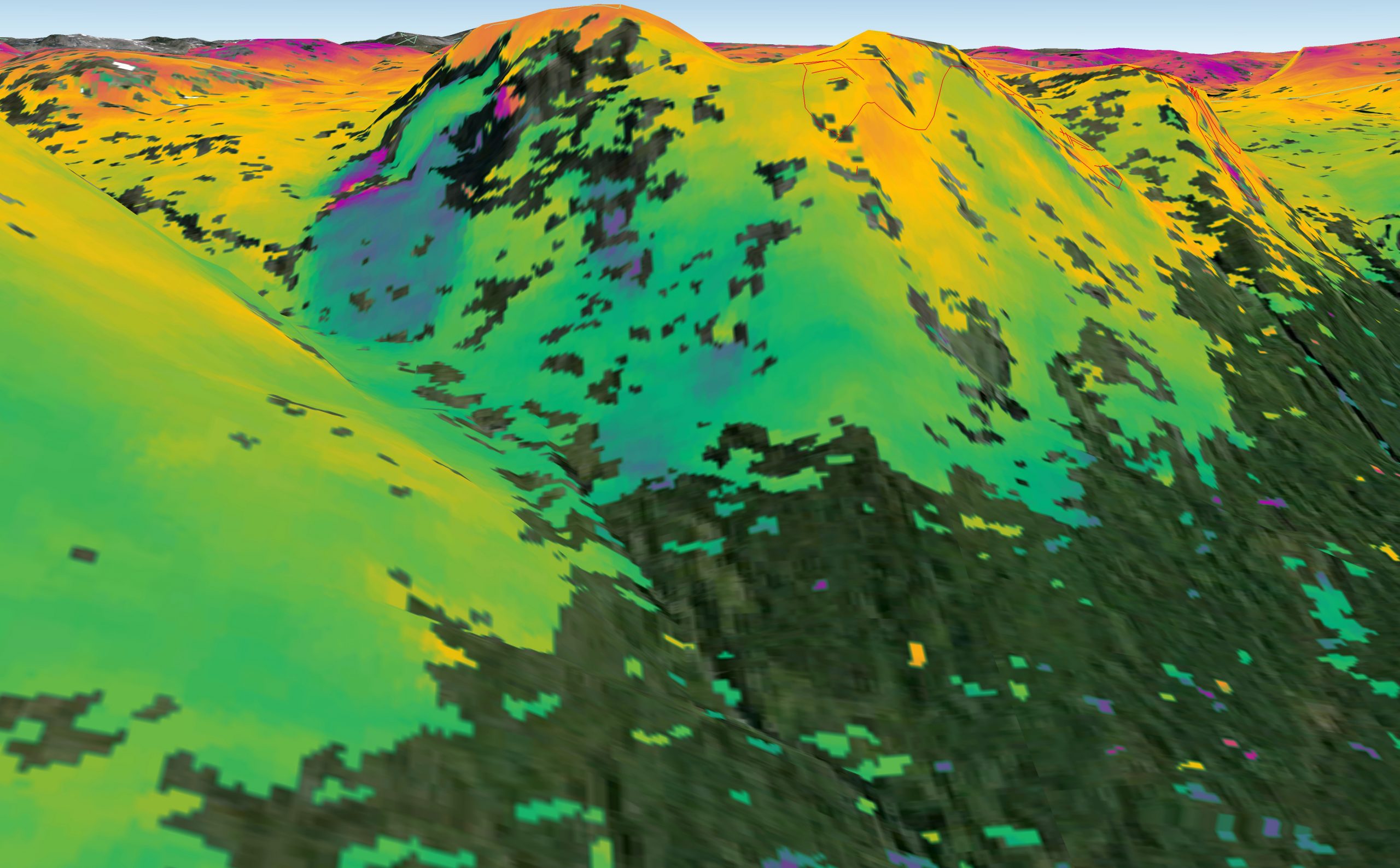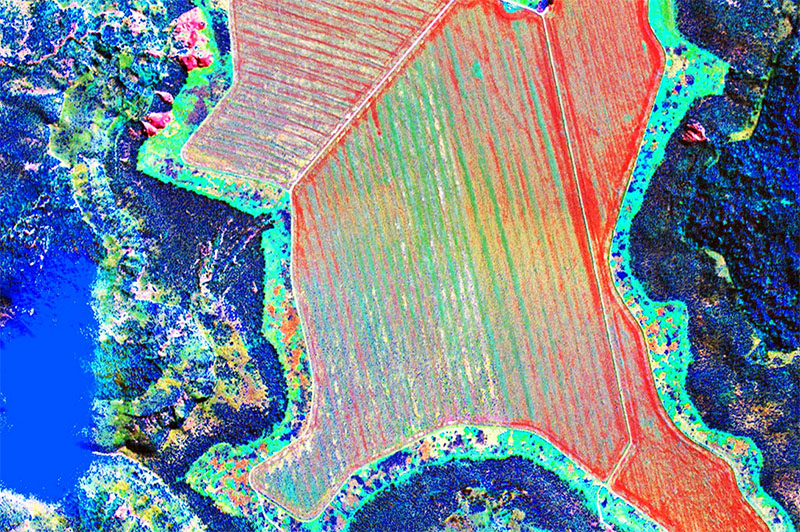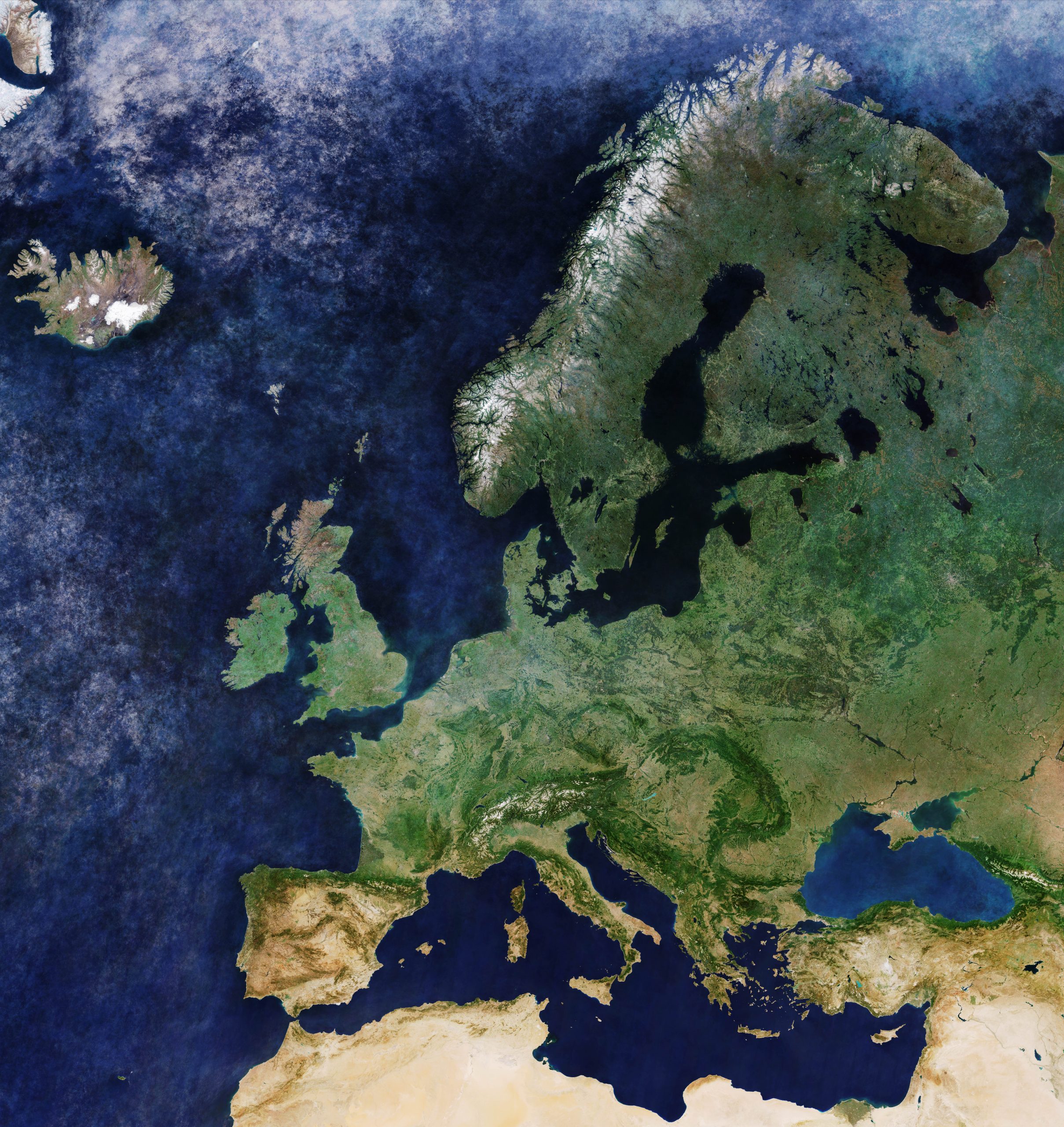Foreseeing Wildfires with data
Nico2021-01-26T16:13:55+02:00Wildfires are a menace that gained much of public attention during recent years' summer seasons. Images of swaths of Australian bush ablaze in January and February 2020 caught public attention as brave firefighters were carrying koala bears from the inferno. The Australian fires were followed by an exceptionally disastrous fire-season in the Western United States. [...]









